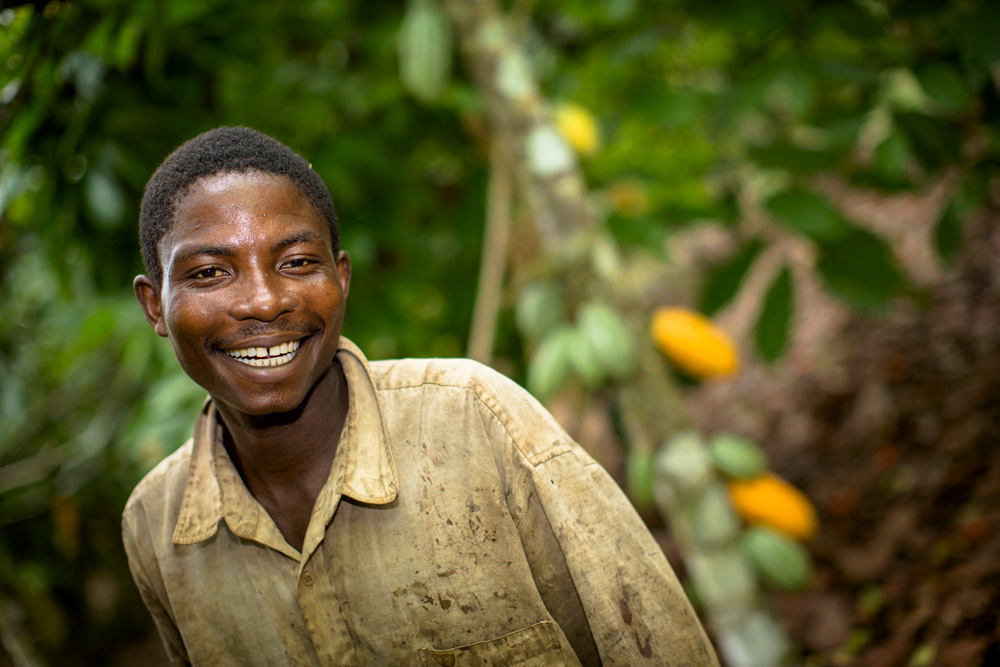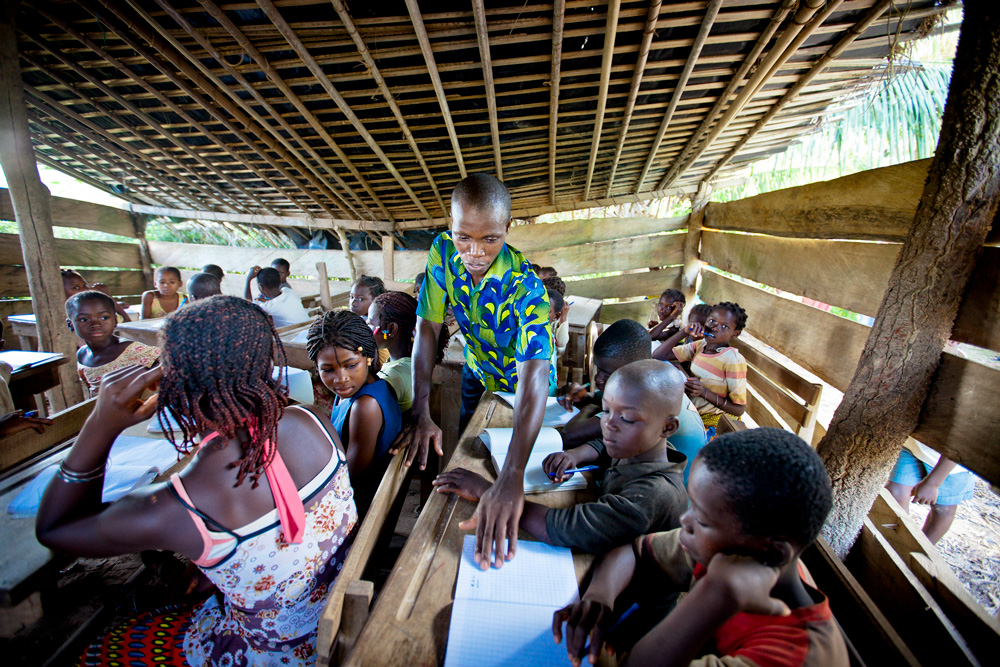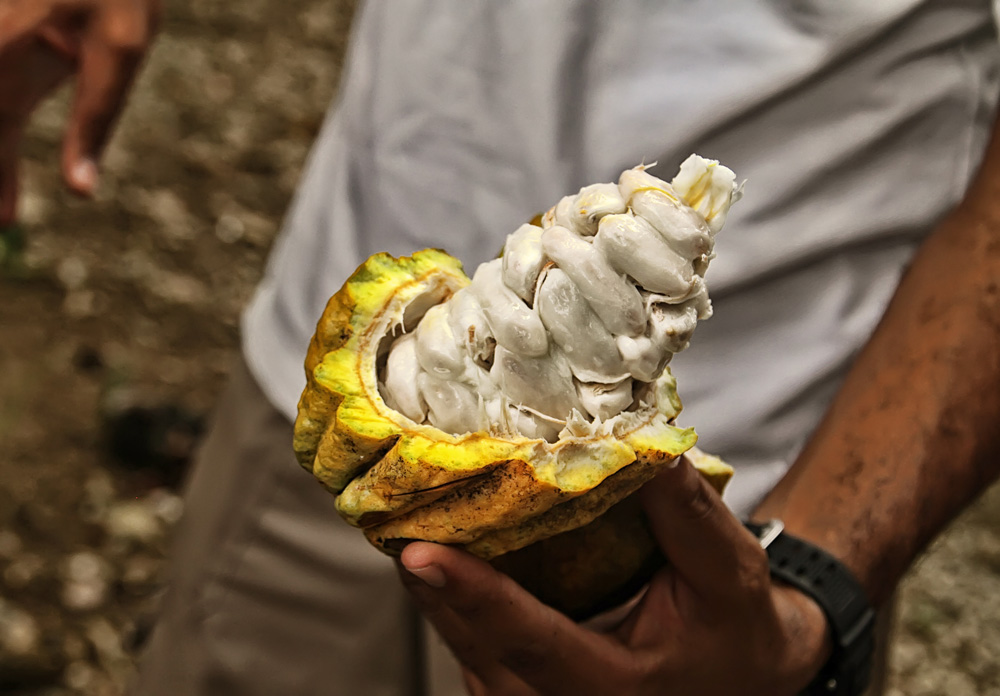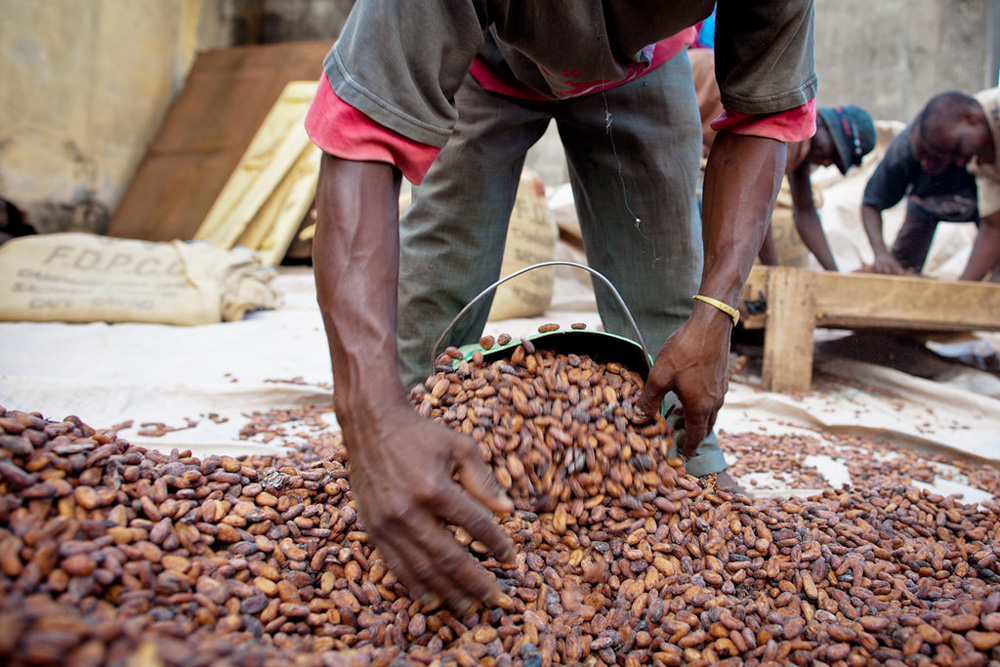Chocolate is an all-time favourite. But the truth is, more often than not the cocoa beans are grown and harvested by children between 5 and 17. Most of them work on their parent’s farms, helping to spread pesticides, cutting ripen cocoa pods with machetes and carrying hulking sacks with the beans during harvest.
In 2001 the chocolate industry has pledged to eradicate the worst forms of child labour by 2005. However, to date, none of the chocolate giants like Mars, Nestle and Hershey, can guarantee that their supply chains are child labour free. Indeed, it seems like the companies did not quite grasp the nature and the magnitude of the challenge when they announced their pledge, but they managed to make some progress all the same.
By leaps and bounds
For instance, Nestlé, one of the world’s largest food and beverage companies with more than 2000 brands globally, reports that they have managed to reduce child labour in their supply chain by 51% as of 2017. The company has helped to develop the Child Labour Monitoring and Remediation System (CLMRS), which is being adopted by other chocolate producers and manufacturers.
Darrell High, Cocoa Manager at Nestle explained further: “When we started working with child labor, we realized that imposing a ban does not work. People send their children to work on farms mainly out of poverty. So, when child labor is banned, people don’t stop hiring children, but instead learn to hide it better, which only complicates monitoring, creating a setback for progress. ”
High devised the Nestlé Cocoa Plan, the company’s sustainability strategy for cocoa, and has led it since it was launched in 2009. Initially, the plan emerged as a response to the falling quality of cocoa and the associated difficulties for the business, but numerous reports about child labour provided direction for the social responsibility of the Plan.



